Fiber-optic
connectors are used to connect two fibers together. When these connectors are
used in a communication system, proper connection becomes a critical factor.
They can be damaged by improper cleaning and connection procedures. Dirty or
damaged fiber-optic connectors can result in communication that is inaccurate
or not repeatable.
Fiber-optic
connectors differ from electrical or microwave connectors. In a fiber-optic
system, light is transmitted through an extremely small fiber core. Because
fiber cores are often 62.5 microns or less in diameter, and dust particles
range from a tenth of a micron to several microns in diameter, dust and any
other contamination at the end of the fiber core can degrade the performance of
the connector interface where the two cores meet. Therefore, the connector must
be precisely aligned and the connector interface must be absolutely free of
foreign material.
Connector loss, or
insertion loss, is a critical performance characteristic of a fiber-optic
connector. Return loss is also an important factor. Return loss specifies the
amount of reflected light: the lower the reflection, the better the connection.
The best physical contact connectors have return losses of better than –40 dB,
but –20 to –30 dB is more common.
The connection
quality depends on two factors: the type of connector and the proper cleaning
and connection techniques. Dirty fiber connectors are a common source of light
loss. Keep the connectors clean at all times, and keep the dust plugs or covers
installed when the connectors are not in use.
Before installing any
type of cable or connector, use a lint-free alcohol pad from a cleaning kit to
clean the ferrule, the protective tube or cone that surrounds the fiber core,
and the end-face surface of the fiber core.
As a general rule,
any time you detect a significant, unexplained loss of light, clean the
connectors. To clean the optical connectors, use a CLETOP fiber optic cleaning
cassette and follow the manufacturer’s usage instructions.
If a CLETOP cleaning
cassette is not available, follow these steps:

Warning
|
Invisible laser radiation may be emitted from disconnected fibers or connectors. Do
not stare into beams or view directly with optical instruments.
|
-
Use a lint-free tissue soaked in 99 percent pure isopropyl alcohol and gently wipe the end-face of the fiber core. Wait for
five seconds for the surfaces to dry and wipe the surfaces a second time.
-
Use clean, dry, oil-free compressed air to remove any residual dust from the connector.
-
Use a magnifying glass or inspection microscope to inspect the ferrule at angle. Do not look directly into the aperture. If
you detect any contamination, repeat the Step 1 and Step 2 indicated above.
For more information about cleaning fiber-optic connectors, as well as SFP/XFP transceivers, see Inspection and Cleaning Procedures for Fiber-Optic Connections.





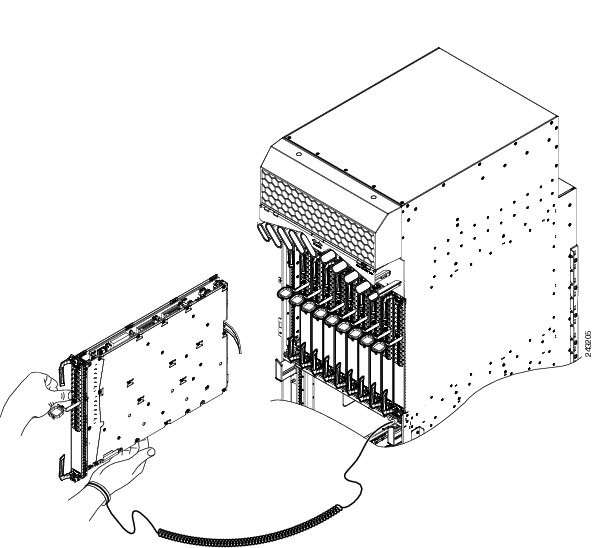
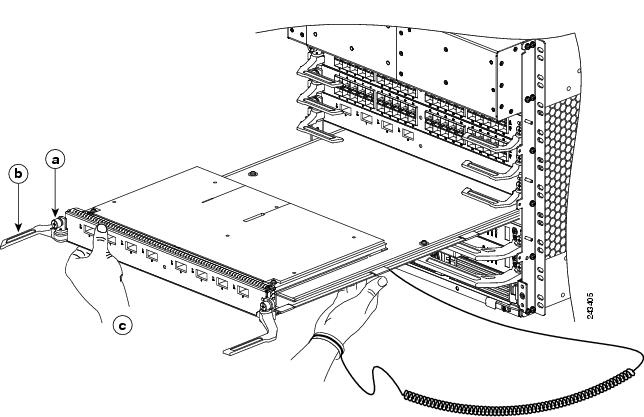
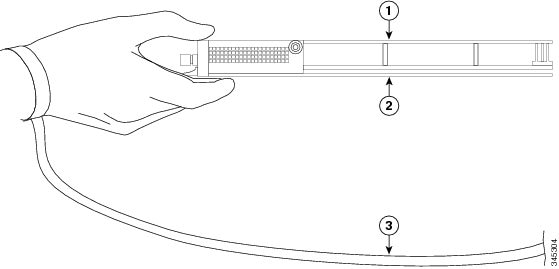
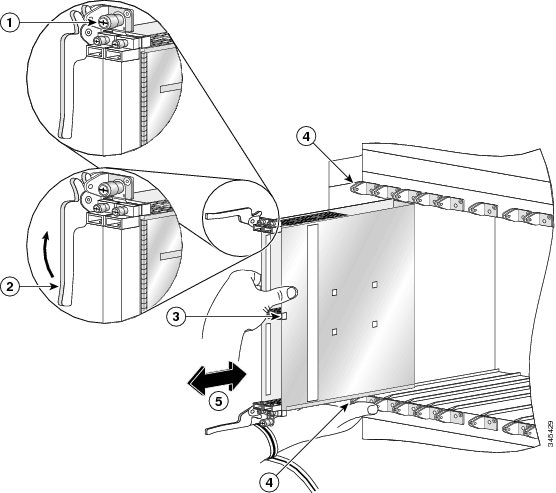
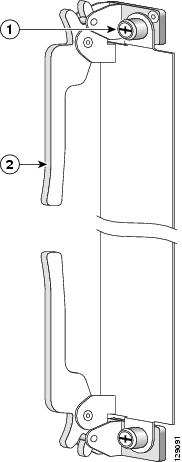
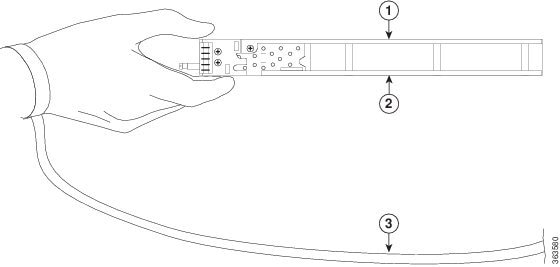
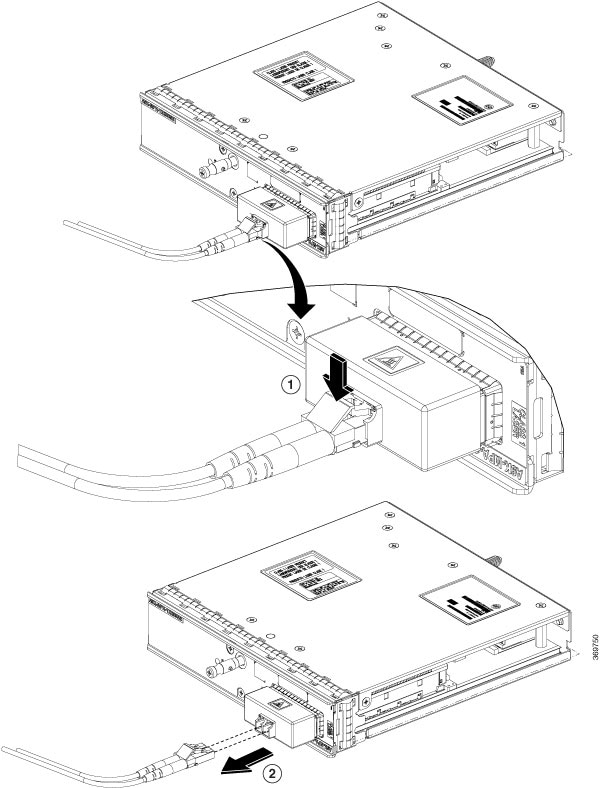
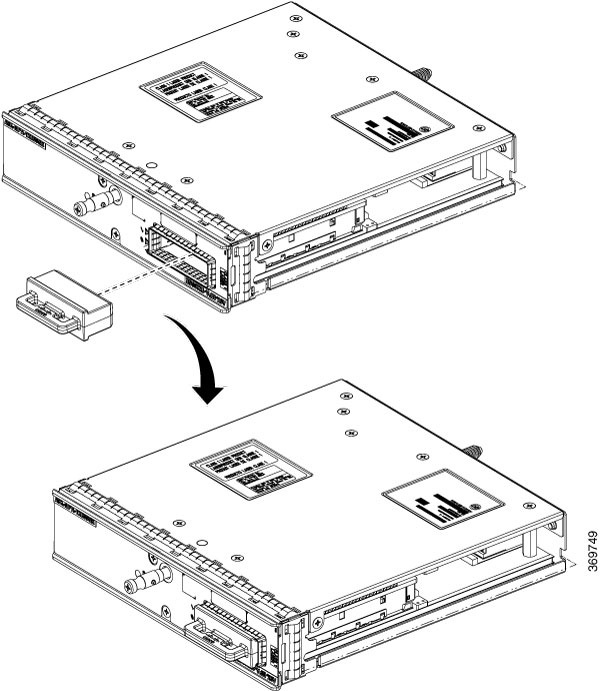
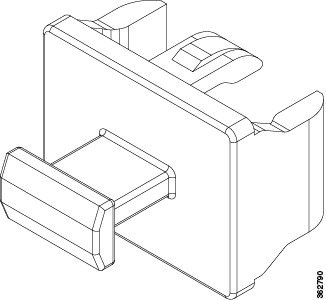
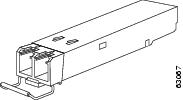
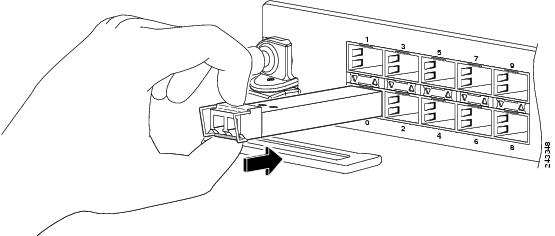
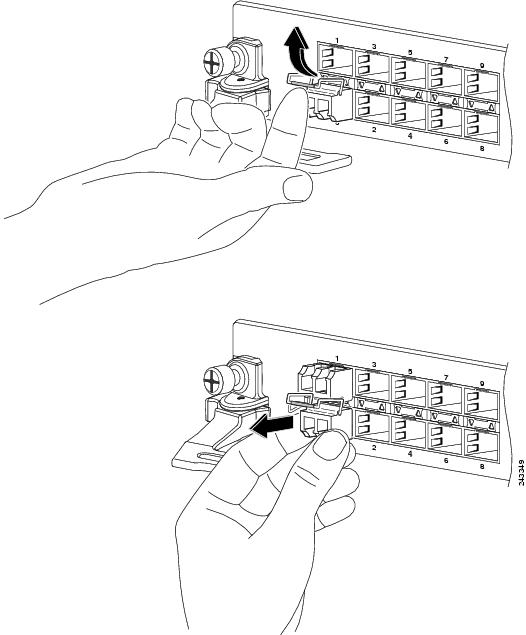
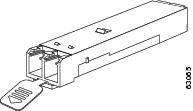
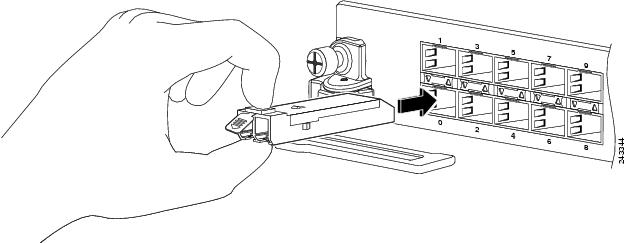
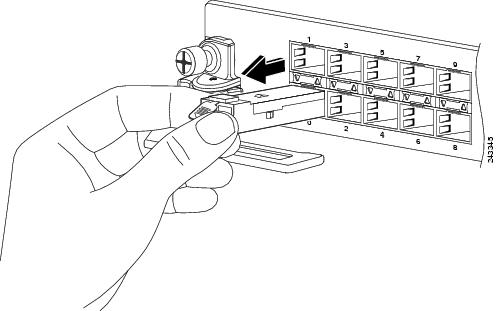

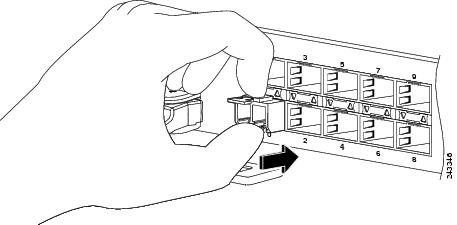
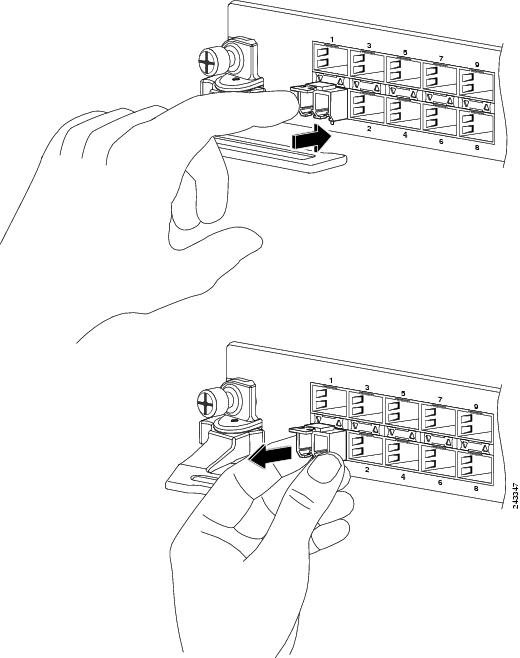

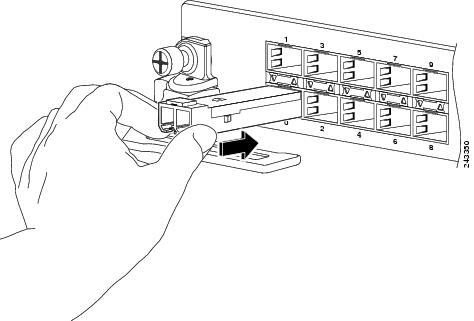
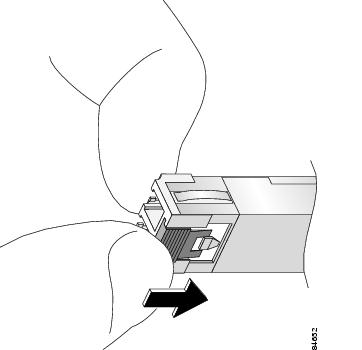
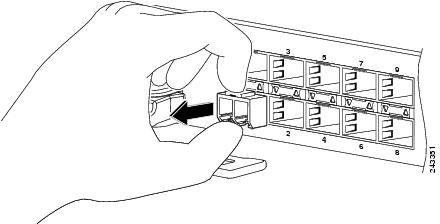
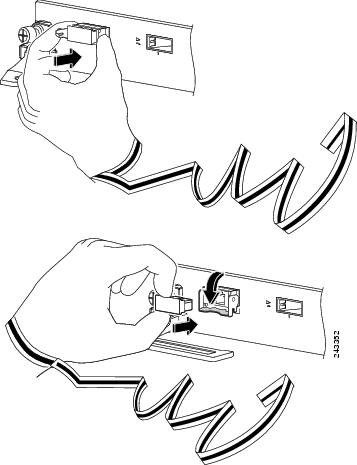
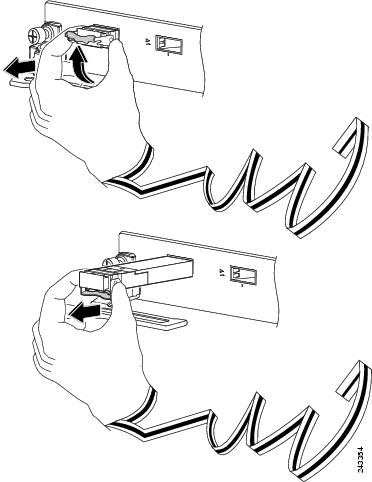
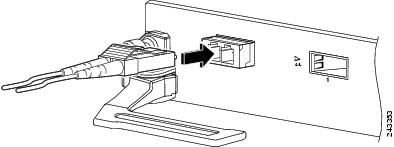
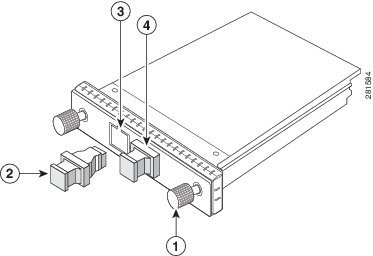
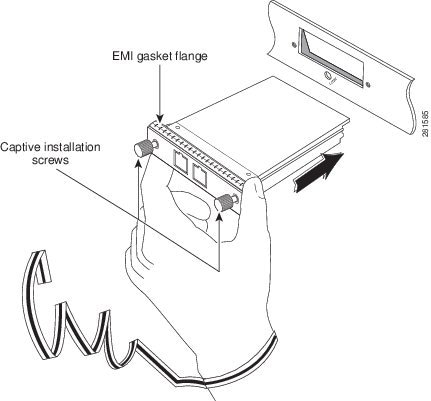
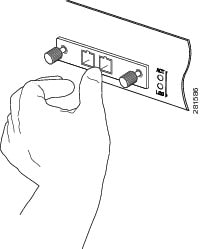
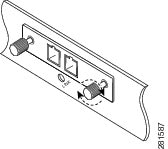
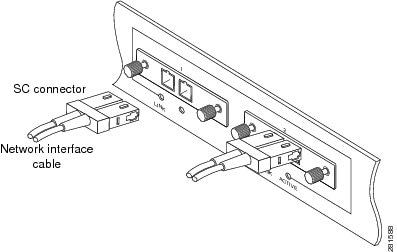
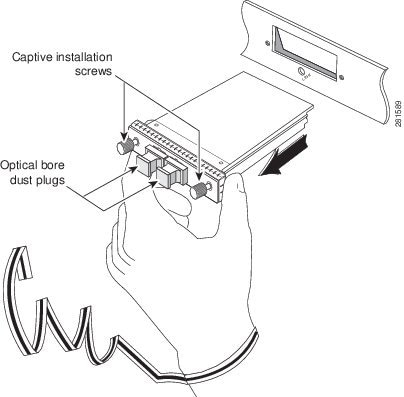
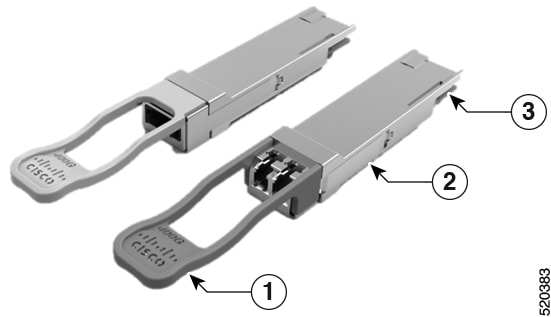

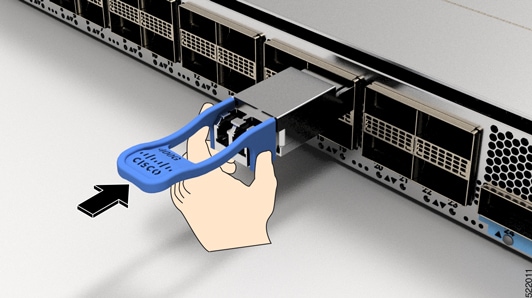
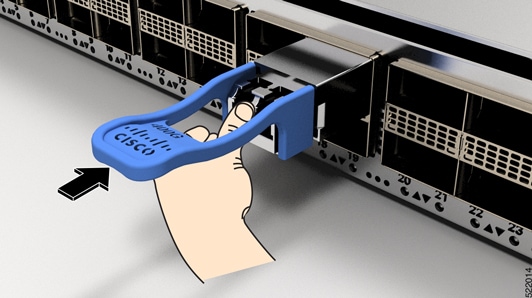
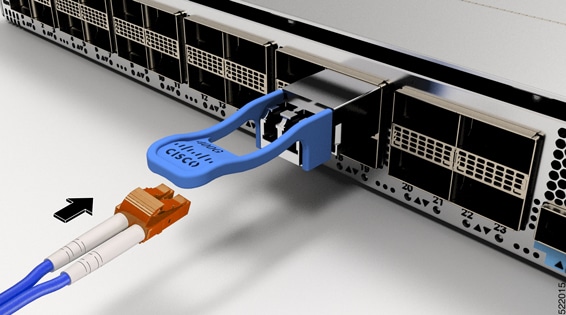
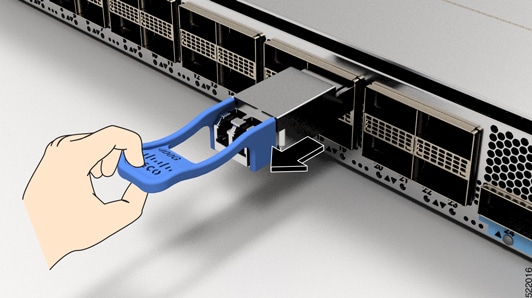
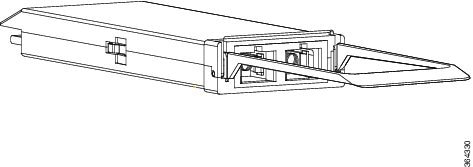
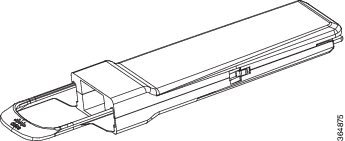
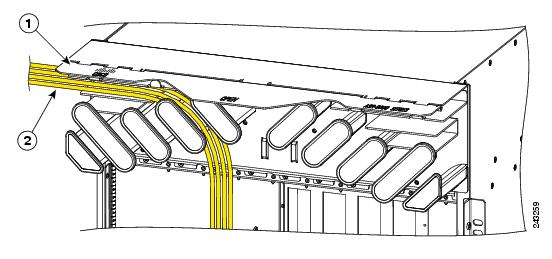
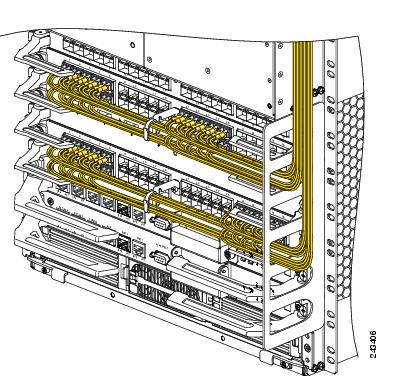

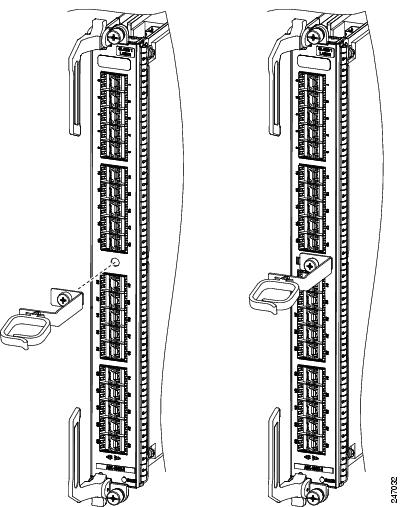
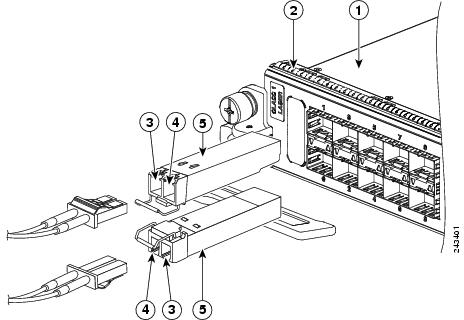
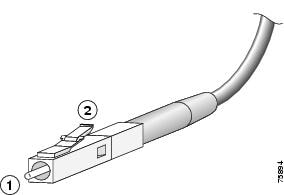


 Feedback
Feedback